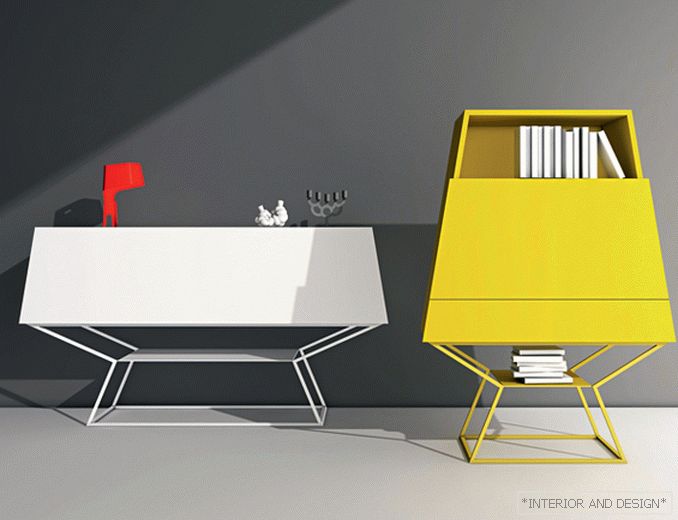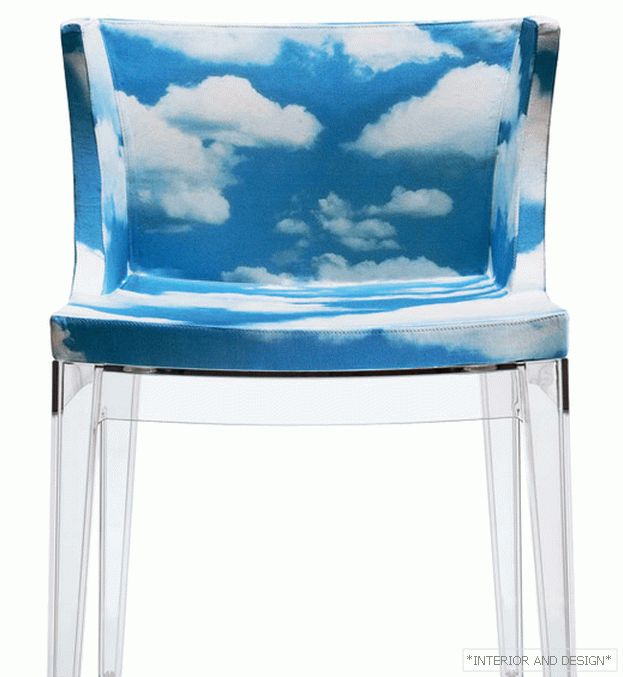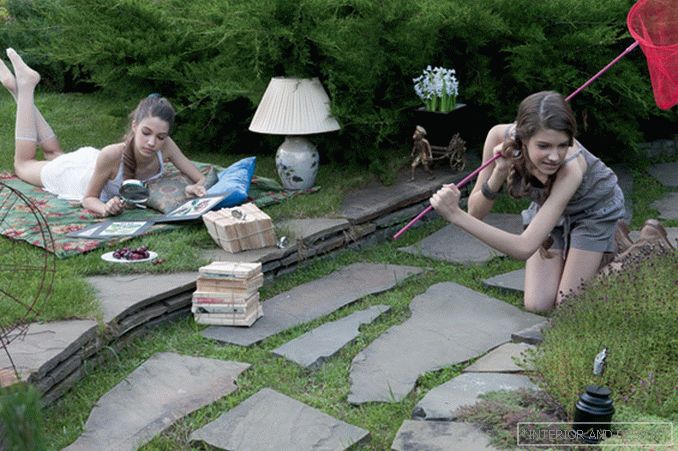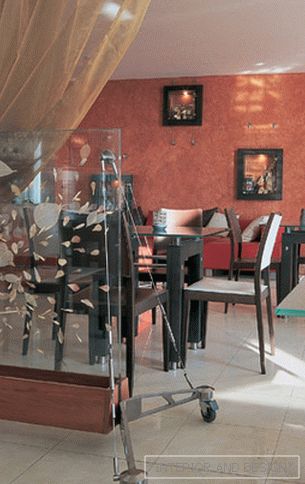Modern design cultivates subtle shapes. They are the fruit of technological advances, engineering and author's imagination.
 Passing the gallery
Passing the gallery Magazine: N6 (205) 2015
The pioneers of modernism of the 1910–20s, who laid the foundations of modern design, proclaimed lightness and mobility to be the main categories of new life. Having declared war on the massive furniture of the past, they designed simple and functional furniture. Its subtle forms indicated a minimum of the materials spent and were perceived as a sign of progress. The slender silhouette remains its attribute in the XXI century. Manufacturers are competing in the release of the flattest gadgets, ultrathin slabs made of natural and artificial stone, the thinnest table tops, LEDs, mixers and sinks with a minimum wall thickness. Designers thin the material to the limit, turning shelves, mirrors, vases and lamps into the through frames, and imitate the thin-legged furniture of the 1950s. The basis of modern aesthetics of subtle forms is the desire for restraint, which replaced the non-archeology of the 2000s, and the rational use of resources. The development of technologies and new materials provide and stimulate this competition of harmony, opening up to designers and engineers all the new opportunities, the potential of which is inexhaustible.
Read the full text in paper or



